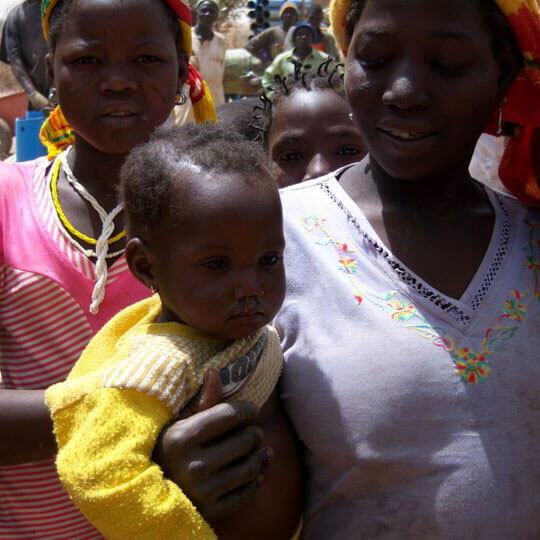 -->
-->
By Stephen Smyth (16th March 2017)
Stephen is a Director of 2000 Weeks and the British Water Engineering College (BWEC). His eclectic career to date has ranged from working as a cancer research scientist through to educational consultant with many twists, dead-ends, successes and failures in between. Today he shares with us the first part of his “best day, his worst day and what he learned”.
In 2008, I was working as a laboratory manager for a large water authority in Ireland. One chilly Tuesday evening, I got chatting to a fascinating man called Mark Collier about the work he was doing with Friends in Action in Burkina Faso, West Africa. Mark, a geologist by trade, was drilling wells in the north of the country, supplying clean water to some of the most remote people groups on earth. His passion for his work was contagious and I found myself desperate to get involved.
With a water quality background, Mark asked if I would come out on a two week trip to carry out analysis on the sources currently being used in the area and comparing it to what was produced from a finished well. I jumped at the opportunity.
Day One
Descending from the steps of the comfortable Air France Airbus and walking into Ouagadougou airport was like being transported into another world. The air was warm, dry and dusty and the chaos, which seasoned travellers didn’t seem to notice, was so disconcerting. The roads and houses were made of mud, and this was the capital city!
We still had a 16-hour drive ahead of us to an area which even the locals of Ouagadougou dubbed “very remote”. If arriving into the airport was like being transported to another world, entering the first village we were scheduled to work in was like stepping back in time.
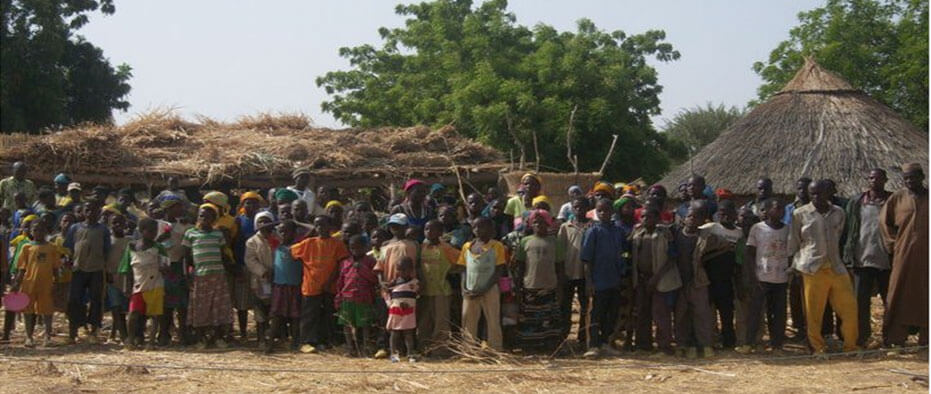
The village was called Tank yu Me, made up of mud huts and home to around 120 people. They spoke as much French as I did (about 20 words), were dressed in a motley array of “nth” hand western clothing and traditional dress, the children were naked.
We were greeted very warmly and immediately felt like celebrities. They knew why we were there and did everything they could to make us comfortable.
While the rest of the team were assessing a likely spot to site the borehole, I was taken by a group to the hand dug well they were using, about half an hours walk from the village. It was a hive of activity, surrounded by animated women, children playing and a cluster of undernourished cattle nuzzling the dry earth.
What they drew from that well brought a tear to my eye. The mother who hauled up the bucket brought up a batch of thick grey water, which she immediately fed to the toddler she had strapped to her side. Without thinking I took a photograph of the act, but this is an image I won’t ever share.
I’m uncomfortable now with the idea of capturing that scene simply as a means of documenting a story I wanted to tell on my return home.
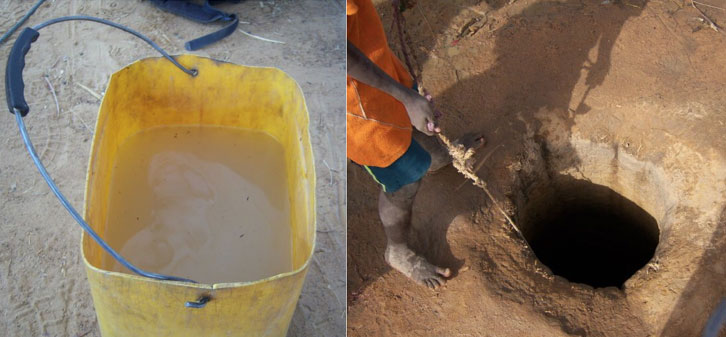
That night I set up a basic field lab and tested the water she had drawn for me. The results the next morning showed 3.2 million E-coli cells in 100 millilitres of water.
Those in the water industry will be instantly appalled but for those who aren’t as familiar with water quality, that’s about the same level as you’d expect from raw untreated sewage here in the U.K.
Day Two
On the first day of drilling we set up a perimeter of rope so we had space to work. The whole village crowded around the rope and watched our every move. At 3pm the temperature that day reached 50○C, the humidity was less than 3% so every breath sucked the moisture out of our bodies. We worked from 8am until about 4pm drilling into the desert and then we hit water!
Because of the pressure of the percussion-action drill bit the water shot up suddenly in a 3-4 meter high spring. The crowd went wild, jumping and dancing and laughing. I remember saying to one of the engineers on the team that it was easier than I expected. Of course we spoke too soon. About an hour later the well collapsed in on itself due to the weight of overburden. How could we tell 120 people, with whom we shared no language that they didn’t have a well at all? Tired, hungry and dejected we made camp and settled down for the night, but we were not giving up.
Day Three
The next day we worked much more quietly in the same harsh conditions. We selected a site with significantly less overburden and we hit rock quickly. However, the rig we were using only had shafts to drill to a depth of 100 meters and at the full length of the last shaft we still hadn’t hit water. We had worked all day to drill a dry hole, but we were not giving up.
Day Four
The expedition only had fuel to spend a maximum of three days at this village. On the final morning we knew that if we didn’t hit water we’d have to drive away in the knowledge that we were leaving 120 men, women, and children to drink the contaminated water that was killing them.
Working carefully and deliberately we started to drill at a third site. Just after lunch we hit a massive aquifer right between the first two failed wells. A quick pump test showed that the well could produce more than 5 times the supply the village would ever need. Through the translator we were able to explain that they now had a supply of clean, fresh, safe drinking water right on their doorstep, because we did not give up.
We worked the rest of that evening to line the well and install the pumps. As I watched the children playing and laughing in the water as we sprayed it over them, in the shadow of the beautiful African sunset, I thought this could have been one of the most meaningful days of my life.
Confirmation, if it was needed, came that evening. As we all gathered around the well for final souvenir photographs, the village elder approached us with a goat. As he gave us the gift he spoke through a translator to thank us for the work…“You don’t fully understand what you’ve done here today. But we we’ll pass the story down of how you came and gave us this well for 100 years.”
What did I learn?
Fail fast, learn quickly, work hard to improve and never give up.
Someone could have commented that day that we “were lucky” in that we happened to pick the right spot on our last roll of the dice. I would never accept that opinion. It’s an often used phrase: “you make your own luck in life” but it’s accurate. We worked hard in the face of failure, frustration and the sense this “wasn’t fair”. The team’s hard work, resilience and perseverance paid off in the end, because we did not give up.
I know plenty of lazy, unimaginative, negative-minded people who would appear to be consistently “unlucky”.
However, I don’t know anyone who works hard, who perseveres in the face of adversity and who seeks to improve through their mistakes that aren’t successful in their field.
Real professional satisfaction comes from using your skills, talents and energy to help others.
I’ve been involved in other projects which have personally made me hundreds of thousands of pounds yet none of them came close to giving the lasting satisfaction I got from working as a labour that day in West Africa. We spend half our waking lives in work.
That’s too much time to waste! Let’s work to be exceptional and make a real difference in the lives of others.
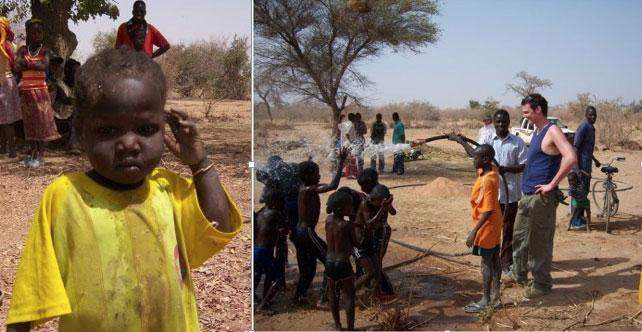

Part 2 of the blog will be published in April when Stephen will discuss his worst day.

